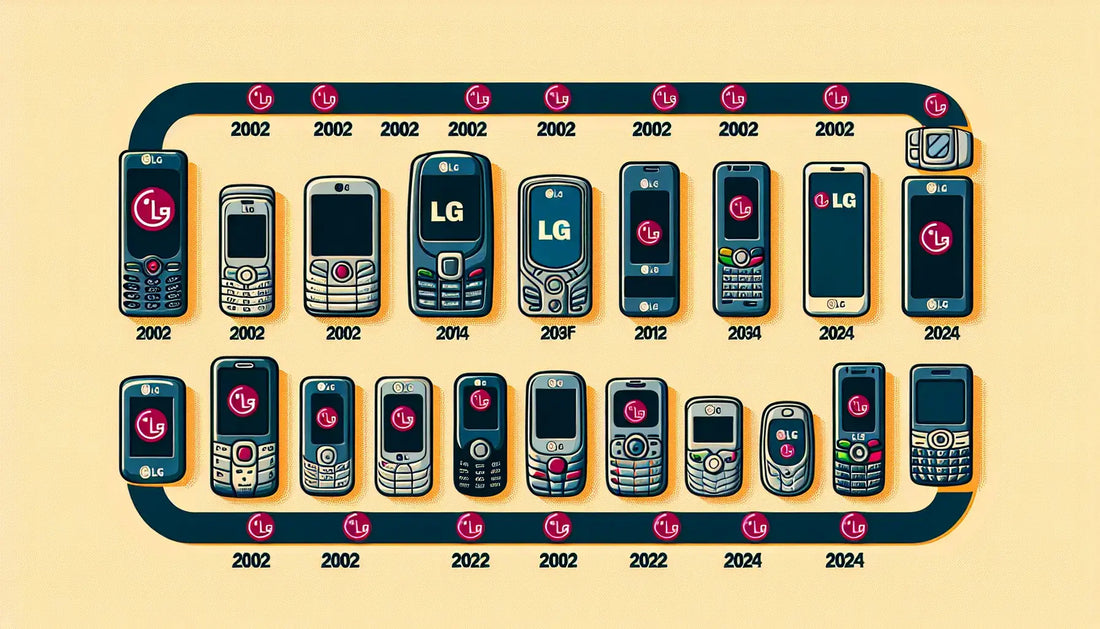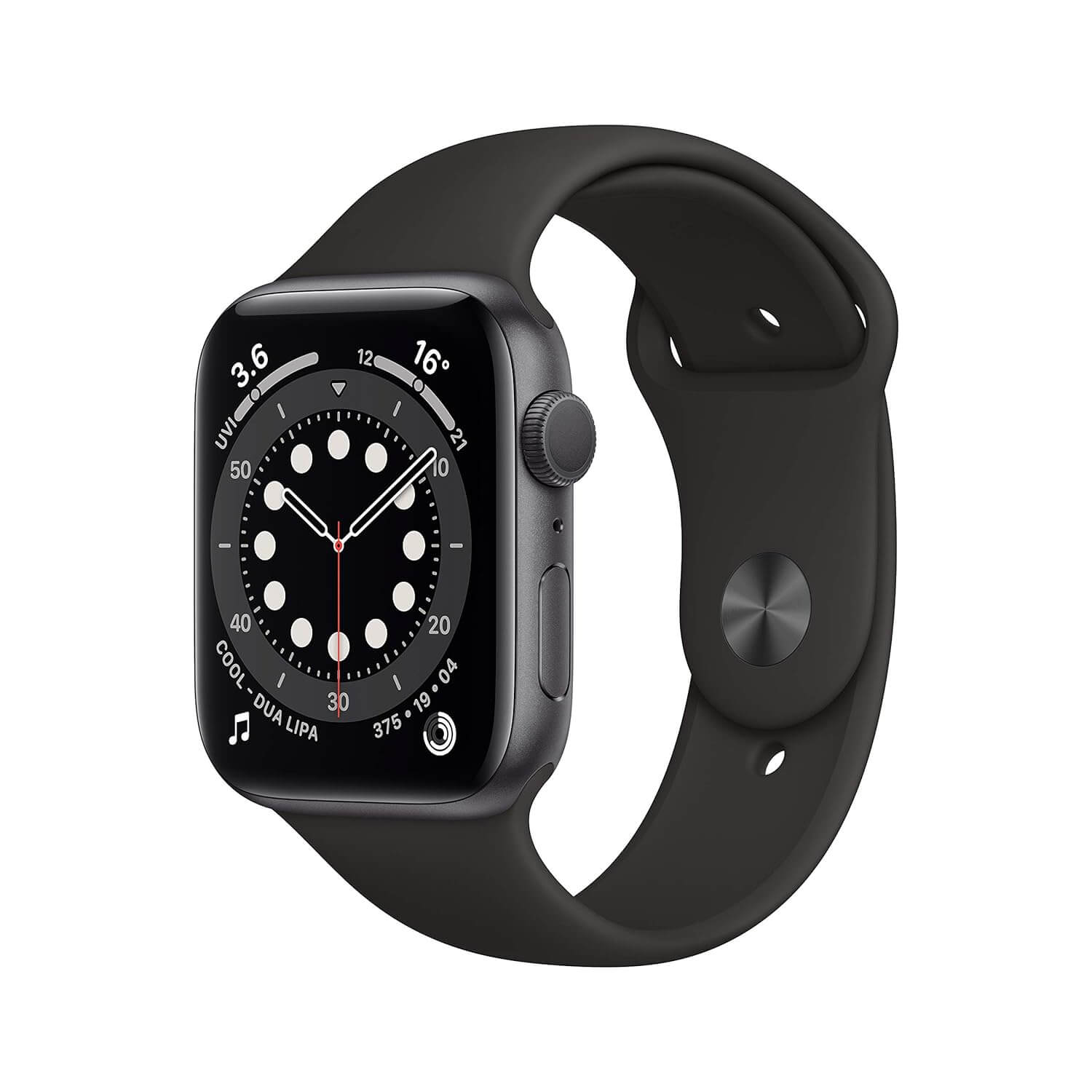Introduction
LG is a well-known company in the smartphone market, renowned for its innovative and high-quality devices. With a strong presence in the industry, LG has consistently delivered cutting-edge technology and design to its customers. This newsletter will explore the evolution of LG phones from 2002 to 2024, highlighting the significant advancements and changes that have occurred over the years.
As one of the key players in the smartphone market, LG has continuously strived to push the boundaries of mobile technology. From the early days of basic cell phones to the advent of smartphones with advanced features, LG has been at the forefront of the industry. Throughout this newsletter, we will delve into the various milestones and transformations that have shaped LG's phone lineup.
Join us as we explore the fascinating journey of LG phones and witness their evolution in the ever-changing landscape of mobile devices.
Early Years (2002-2009)
During the early years of LG's entry into the mobile phone market, the company made significant strides in establishing its presence. In 2002, LG launched its first mobile phone, the LG B1200. This device marked the beginning of LG's journey into the world of mobile devices.
The early LG phones featured a range of specifications and features that were considered advanced for their time. These phones boasted color screens, polyphonic ringtones, and built-in cameras. While these features may seem basic compared to modern smartphones, they were highly sought after during this period.
Technological advancements were prevalent during this time, and LG was quick to adopt and integrate them into their mobile devices. The introduction of 3G technology allowed for faster internet browsing and data transfer speeds, opening up new possibilities for users.
One of the most iconic phones from this era was the LG Chocolate. Released in 2006, the LG Chocolate captivated the market with its sleek design and touch-sensitive control pad. It quickly became a style statement and set a new trend for phone aesthetics.
The LG Chocolate's impact on the market was significant, as it showcased LG's ability to combine both style and functionality in their devices. It paved the way for future LG phones, emphasizing the importance of design and user experience.
Overall, the early years of LG phones were marked by their gradual progression towards more advanced features and technologies. LG's commitment to innovation and user-centric design laid the foundation for their future success in the mobile phone industry.
Transition to Smartphones (2010-2013)
In 2010, LG made a significant move into the world of smartphones with the introduction of its first smartphone, the LG Optimus One. This device marked a new era for LG, as it showcased the company's dedication to delivering cutting-edge technology and features to its customers.
The LG Optimus One boasted several key features that set it apart from its competitors. It had a large touchscreen display, a powerful processor, and access to a wide range of apps through the Android operating system. These features allowed users to have a more interactive and personalized smartphone experience.
During this period, LG faced intense competition from other smartphone manufacturers such as Apple, Samsung, and HTC. However, LG managed to hold its ground by offering unique features and innovations in its smartphones. One notable example was the LG Optimus 3D, released in 2011, which was one of the first smartphones to feature a glasses-free 3D display. This groundbreaking technology was a game-changer for the industry and cemented LG's position as a leader in smartphone innovation.
Despite its successes, LG also faced challenges during this transition period. The rapidly evolving smartphone market demanded constant innovation and improvements, putting pressure on LG to keep up with the latest trends. Additionally, the competition was fierce, and other manufacturers were also vying for a larger market share.
However, LG managed to overcome these challenges by consistently releasing new and improved smartphones. The LG Optimus G, launched in 2012, showcased LG's commitment to pushing boundaries and setting new standards in smartphone technology. It featured a powerful quad-core processor, a high-resolution display, and an advanced camera, all packed into a sleek and stylish design.
Overall, the transition to smartphones from 2010 to 2013 was a crucial period for LG. The company successfully established itself as a key player in the smartphone market, thanks to its commitment to innovation, unique features, and stylish designs. LG's ability to navigate the challenges of the industry allowed it to position itself as a strong competitor against other smartphone manufacturers.
Rise of Flagship Devices (2014-2018)
In 2014, LG introduced its flagship smartphone series, the LG G series. These devices set a new standard for performance and features in the smartphone industry. With each new release, LG pushed the boundaries of what was possible in a mobile device.
One of the key advancements during this period was the enhancements in display technology and camera capabilities. LG introduced the first smartphone with a Quad HD display, offering stunning visuals and a more immersive viewing experience. The camera capabilities also saw significant improvements, with features like optical image stabilization and laser autofocus, allowing users to capture sharp and vibrant photos.
In addition to the G series, LG also launched the V series during this period, targeting multimedia enthusiasts. The V series devices showcased LG's focus on audio and video capabilities, offering high-quality sound and enhanced video recording features. These devices also introduced a second screen above the main display, providing quick access to notifications and shortcuts.
The market response to LG's flagship devices was overwhelmingly positive. Consumers praised the sleek designs, powerful performance, and innovative features. LG's commitment to delivering high-quality smartphones paid off as the company experienced significant growth in market share during this period.
Recent Developments and Future Outlook (2019-2024)
LG has been making waves in the smartphone market with its latest models, showcasing the company's dedication to innovation and cutting-edge technology. The recent years have seen LG introducing new smartphone models with exciting features and advancements.
Introduction of LG's latest smartphone models
LG has launched several flagship smartphones in recent years, including the LG G8 ThinQ, LG V40 ThinQ, and LG G7 ThinQ. These devices offer top-of-the-line specifications and features, catering to both power users and casual smartphone users.
Focus on 5G connectivity and AI integration
LG has been at the forefront of the 5G revolution, with its latest smartphones offering 5G connectivity. This technology enables faster download and upload speeds, as well as improved streaming and gaming experiences. Additionally, LG has integrated artificial intelligence (AI) into its smartphones, providing users with smarter and more intuitive experiences.
Exploration of new form factors and designs
In recent years, LG has been exploring new form factors and designs to offer unique and innovative smartphone experiences. The LG Wing, for example, features a rotating second display, allowing for multitasking and enhanced productivity. LG has also introduced devices with foldable displays, providing users with a larger screen when needed.
Predictions for the future of LG phones
Looking ahead, LG is expected to continue pushing the boundaries of smartphone technology. With advancements in AI, 5G connectivity, and flexible displays, LG phones are likely to become even more powerful and versatile. The company's commitment to user-centric design and cutting-edge features positions LG as a leading player in the smartphone market.
FAQs
1. What was LG's most popular phone?
LG has had several popular phones throughout its history, but one of its most successful models was the LG Chocolate, released in 2006. With its sleek design and touch-sensitive control pad, the LG Chocolate became a style statement and set a new trend for phone aesthetics.
2. Did LG discontinue any notable phone models?
Yes, LG has discontinued several notable phone models over the years. One notable example is the LG G series, which was discontinued in 2020. The G series was known for its flagship devices that pushed the boundaries of performance and features.
3. How has LG contributed to smartphone technology?
LG has made significant contributions to smartphone technology. The company has been at the forefront of advancements in display technology, camera capabilities, and audio features. LG has also been exploring new form factors and designs, such as foldable displays and rotating second screens, to offer unique smartphone experiences.
4. Is LG planning to release foldable phones?
Yes, LG has already introduced devices with foldable displays, such as the LG Wing. This innovative design provides users with a larger screen when needed, enhancing multitasking and productivity. LG is expected to continue exploring and improving foldable phone technology in the future.
5. What can we expect from LG phones in the future?
In the future, LG phones are expected to continue pushing the boundaries of technology. With advancements in artificial intelligence, 5G connectivity, and flexible displays, LG phones are likely to become even more powerful and versatile. Additionally, LG's focus on user-centric design and cutting-edge features positions the company as a leading player in the smartphone market.



